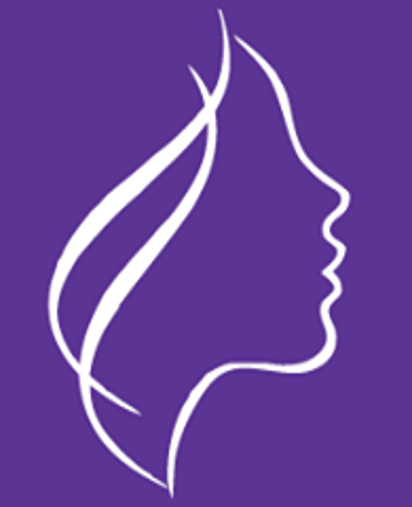It is the cheapest yet the most sought for commodity in some communities. Our body composition is made up of 70% water. Another important fact to keep in mind is that the human body can survive for weeks without food. It is a different story when it comes to water. People have been known to die of dehydration because they did not take the life giving liquid for more than three days.
In arid and semi-arid areas, people walk for miles in search of water. Most of the people tasked with this arduous task are women and children. Mostly in cases of scarcity, you find livestock sharing in the water sources. The water obviously ends up polluted but since the situation is desperate, the communities end up making do with what’s available.
In the urban areas like Nairobi, there are broken pipes that carry the daily domestic water. This situation is worsened by urban slums. The densely populated slum areas like Kibera, Mathare and Kiambiu are likely to consume unsafe water considering these odds.
The effects of unclean water consumption are felt across all ages. Yet there is a demographic that is mostly affected more by this. They are the school going children. Many children in water scarce areas are mostly absent from school, due to water borne illnesses, such as diarrhea, typhoid and cholera among others. A fact that arises due to their weak immune system. This in turn causes lack of concentration in class, which leads to poor performance. Some healthy children still skip classes to accompany their mothers to boreholes in search of the life giving liquid- water.
Many are the times when I hear narrations from children in rural areas who are forced to bring water to their schools for their teachers to use. This steals their time to be ordinary children as it introduces the aspect of child labor. Most of these stories are from children in lower primary.
Since 2005, Procter & Gamble (P&G) has worked with 25 local and international partners to provide clean water in health clinics, schools and emergency relief efforts. P&G has so far provided 10 billion liters of clean water worldwide through the water purification sachets.
The purification process works through an easy to use powder water treatment branded- P&G Purifier of Water sachets. Each 4 grams’ powder sachet treats and purifies 10 liters of dirty water to WHO standards. The procedure is as simple- pouring the solution into the water, stirring, leaving it to settle and sieving with a clean cloth for 30 minutes. The sachets can be used anywhere at any time to clean contaminated water.
P&G has pledged to deliver 15 billion liters of clean water globally by 2020 through the Children’s Safe Drinking Water Program. These are P&G’s part of the global efforts to achieve one of the United Nation’s 2030 Sustainable Development Goals. SDG- 6 aims to ensure availability of safe water and proper sanitation for all. P&G Children’s Safe Drinking Water Program is committed to continuing its work in Kenya and the rest of the world, in order to ensure that even more communities have their lives enhanced by the basic human right to clean water.
P&G has also partnered with National Geographic to create a documentary to bring to light the importance of clean water to communities. This eye opening documentary was screened at the National Museum and has information from the world over, especially areas that have water problems. Have a look at the very well produced documentary here.


